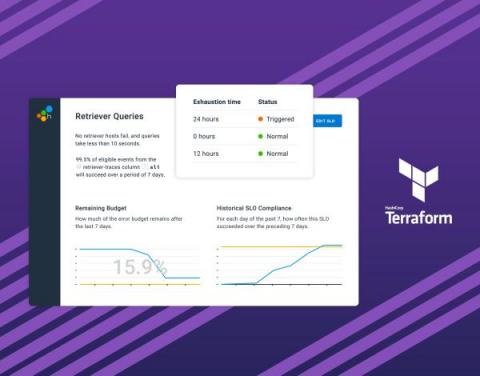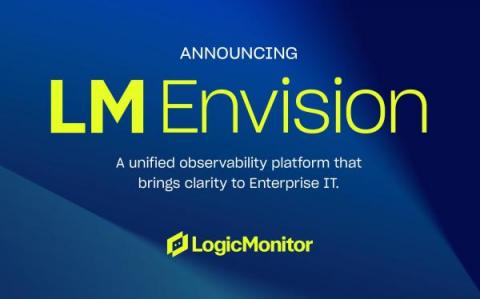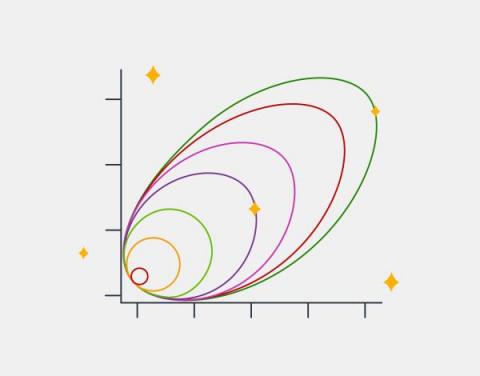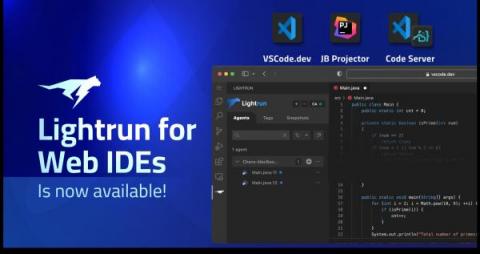What the Heck is Network Observability Anyway?
When it comes to monitoring and specifically IT Operations Monitoring (ITOM), everyone is saying monitoring is dead – you need observability. Vendors are jumping on the observability bandwagon. There’s a lot of noise about observability, network observability, full-stack observability and every other kind of observability you can imagine. This is a topic we have touched on in the past.











